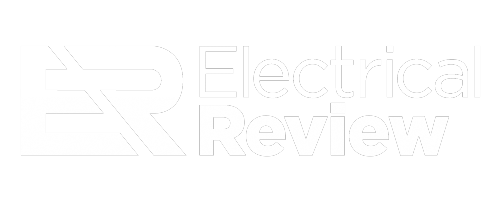Tesla’s reputation appears to be on shaky ground as some customers publicly turn away from the brand due to CEO Elon Musk’s foray into politics.
Recent data from EnergySage in the United States suggests that while Tesla’s Powerwall 3 battery remains popular, many homeowners and installers are now questioning whether they can separate the product from its maker.
Additionally, installers and others in the energy storage industry we’ve spoken to have seen similar requests for alternative battery energy storage options in the UK – despite some recent ‘incentives’ offered by many installers to shift the Tesla Powerwall 3. In fact, while it wasn’t that long ago that people were being quoted in excess of £10,000 to install a single Powerwall 3, it’s now common to see deals offering installation for just £7,500.
We’ve already seen some examples of installers offering the Tesla Powerwall 3 for less than products from GivEnergy and Fox ESS, despite both brands traditionally being cheaper. And at least one manufacturer has described Musk’s foray into politics as one of the ‘best things to happen’ to their product offering.
So, what alternatives to the Tesla Powerwall 3 are available in the UK exactly? Well, we’ve listed four options for you to consider.
Anker Solix X1
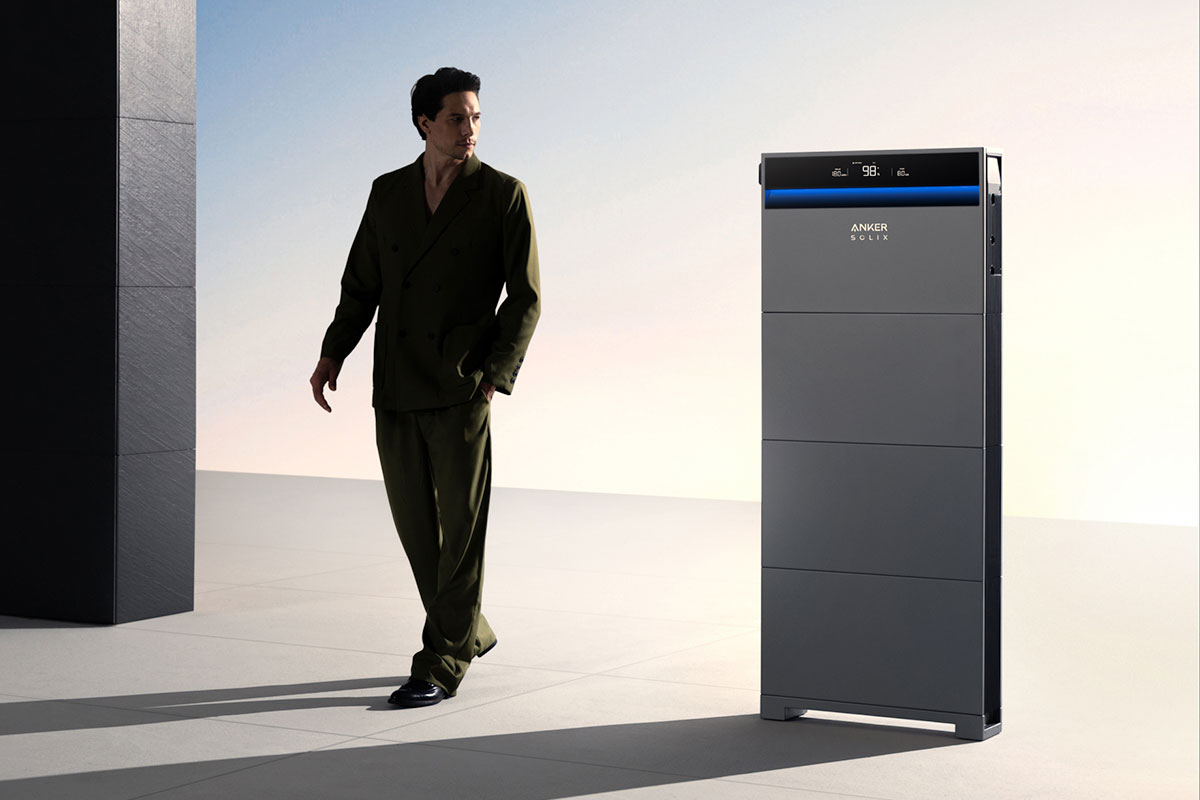
The Anker Solix X1 is the new kid on the block, although it’s a slightly different offering to the Tesla Powerwall 3. That’s because it offers a modular approach, which allows you to grow to meet your current needs – rather than being forced to install multiples of 13.5 kWh batteries, as with the Powerwall 3.
The starting point of the Anker Solix X1 is the power module which sits atop a stack of 5 kW battery modules. This acts as the brains of the whole system, while also featuring an inverter that can turn DC power stored in the batteries to AC electricity – or to allow it to be charged from a solar array.
Through this modular approach, it’s simple to start with as little as 5 kWh or to grow to 30 kWh from a single unit. For those who want even more energy storage, up to six complete systems can be linked together to offer a total maximum of 180 kWh of storage – that’s plenty for your average small or medium-sized business.
While the unit does lack the same power output as the Tesla Powerwall 3, with a max power output of 6 kW per power module, this is more than enough for most settings. Plus, for those who need more, there is the option to add more power modules, meaning theoretically the maximum for this system is 36 kW. Of course, that’s using the single-phase model, if you opt for the three-phase model, then you are capped at 12 kW per power module, and have the ability to grow to 72 kW with more power modules.
One of the big questions around replacements to the Tesla Powerwall 3 is the need for a ‘backup’ function. While it’s easy to argue this isn’t actually necessary in the UK, which offers a reliable grid that doesn’t suffer from too many outages, the Anker Solix X1 still comes with it as standard. Additionally, it promises to respond to any power outage within 10 ms, so while you might see a blip on LED lights, important loads like networking equipment should remain live.
Before we move to other alternatives, it’s also important to note some of the other features of the Anker Solix X1, which include:
- IP66 rating, meaning it’s designed to be installed outside and can handle powerful water jets from any direction and all the dust you can throw at it – which no battery should be subjected to (hopefully), but offers a bit more flexibility for those in extreme environments.
- Building on that, the X1 can also operate in temperatures between -20°C to 55°C – with a heating element kicking in should it fall below 0°C to keep things running as efficiently as possible.
- Speaking of efficiency, Anker Solix says that it has developed an energy optimiser that can make better use of the power in the batteries, and if something goes wrong with one of the batteries, it won’t take your system offline – it’ll simply work around it.
- In terms of design, while this is subjective, it’s likely to be the most popular from an aesthetics point of view, and at just 15cm thick, it’s certainly thinner than almost every other option.
The Anker Solix X1 is available in the UK now, through distributors such as Segen and Callidus Wholesale. The company is also busy increasing the number of approved installers it has throughout the UK.
Fox ESS EP11
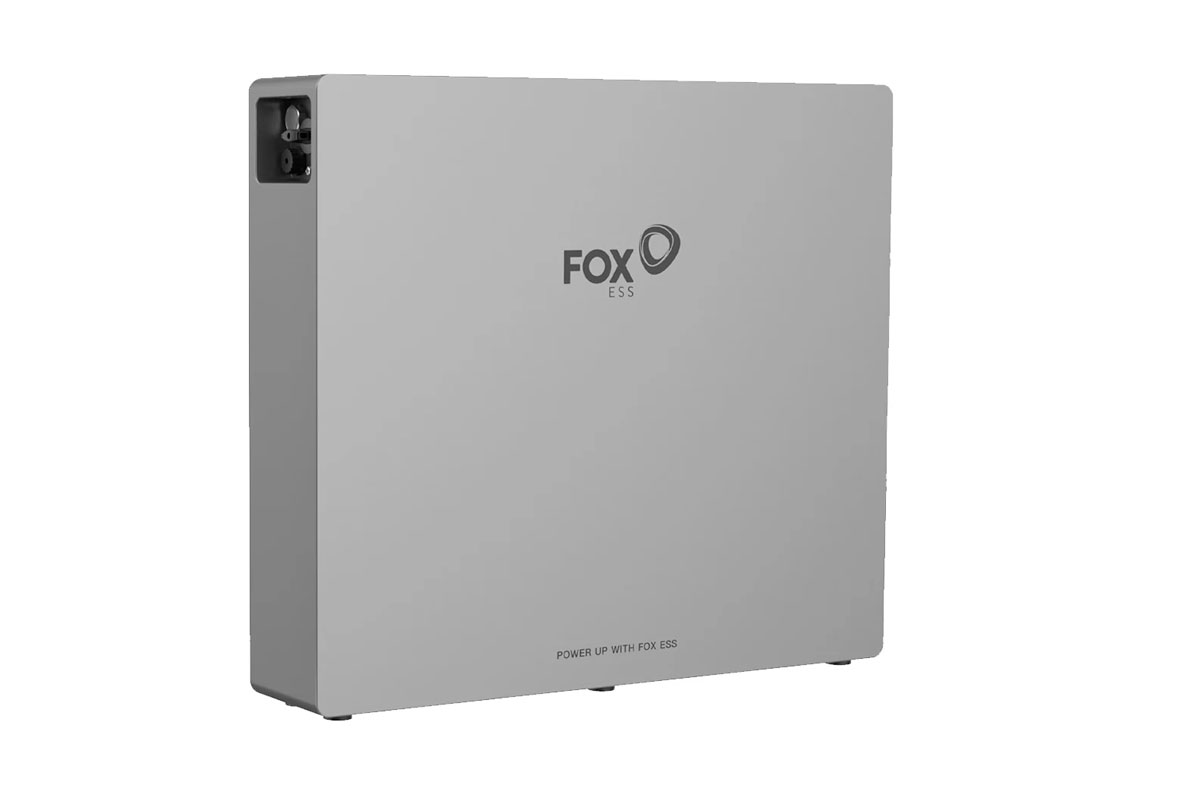
For those looking for a more ‘affordable’ alternative to the Tesla Powerwall 3, the Fox ESS EP11 is arguably a good shout. While it needs a separate inverter and isn’t an ‘all in one’ like others on our list, it’s certainly one of the most compact offerings on the market – measuring just 710x625x147mm.
You can pair it with a range of inverters, such as Fox’s H1, which offers up to 6 kW of AC output, or the KH, which offers up to 10.5 kW of AC output. With the latter option, that puts it closer to the output afforded by the Tesla Powerwall 3, and it comes at a much lower price point.
Additionally, while the EP11 isn’t exactly ‘modular’, it’s possible to put multiple EP11s together in an array. You can put up to four batteries together for a total capacity of 41.44 kWh, or 10.36 kWh each, or if you install the H3 Pro inverter, which is available for three-phase installations, you can go as high as eight batteries in a string. That gives a total capacity of 82.88 kWh – at a price no other battery on our list will be able to beat.
Despite being more affordable than all the other batteries on our list, it still offers many of the features that make it an alternative to the Tesla Powerwall 3. That includes a heating element that allows it to operate in temperatures as low as -25°C up to 55°C – temperatures we hope to never see in the UK, but at least it’s an option.
Unlike the other options on our list, the Fox ESS EP11 does lack the battery backup functionality – meaning if you lose power, the battery won’t be able to take over the load. While disappointing compared to the other options, it’s important to remember this is a much more affordable option than others on our list, and the question is – will you need it? The UK has an extremely reliable electrical grid, and power cuts are extremely rare – especially when compared to the likes of Texas or California in the US, which has to contend with extreme weather conditions and wildfires.
That doesn’t mean the battery can’t withstand the British weather, however. It’s IP65 rated, which means it can be installed outside and can withstand dust and a British downpour.
The Fox ESS EP11 is available from Segen, Midsummer Wholesale, Alternergy Limited and a range of distributors in the UK. You will also find a wide range of installers ready to fit the product.
GivEnergy Hybrid AIO
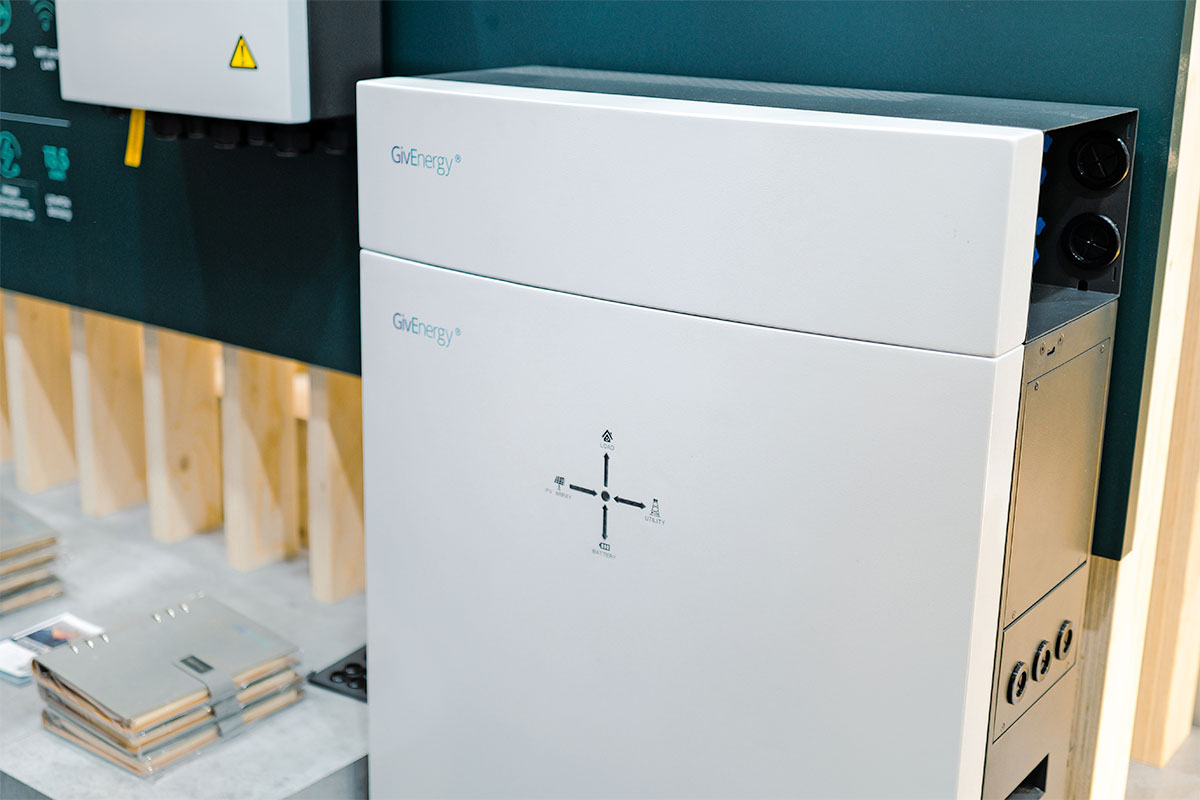
If you’re looking for a 1-1 replacement for the Tesla Powerwall 3, the most similar product on the market will likely be the GivEnergy Hybrid All-in-One, or at least it will be when it comes out this August.
While it doesn’t offer the modularity of the Anker Solix X1, GivEnergy has the ‘stack’ system for that, it matches or exceeds the Powerwall 3 in pretty much every spec that matters. It offers a 12 kW integrated hybrid inverter with 6 MPPT strings, and that gives real flexibility when it comes to installing solar panels – especially helping with shade mitigation.
Additionally, that 12 kW inverter should be more than enough power for almost every load you throw at it – at least in a residential or SME setting – and GivEnergy says that it can also output at a peak of 14 kW for a short period, should you lose power.
That means another thing the Tesla Powerwall 3 has, GivEnergy has thought about – backup power. Like the Anker Solix X1, GivEnergy says that its Hybrid AIO will be capable of responding to a power outage within 10 ms, which again means a slight blip to the LED lights, but everything else will continue as normal.
With the GivEnergy Hybrid AIO there is just one capacity option – 13.5 kWh. That means if you want to string multiple units together, you will have no choice but to purchase another full unit, which is great for those who need 27 kWh of power or more, but for those who want 15 or 20 – you’re currently out of luck. A modular system will likely be the better option.
You will also need to install a separate unit in the form of the new GivEnergy Gateway 2 alongside the AIO. This is what actually enables the backup power function, but comes included with the product, unlike some other manufacturers, like the SigEnergy SigenStor product, which requires a separate purchase.
In addition to offering that backup power function, it also includes a critical load backup option, this allows you to wire certain devices as ‘critical loads’, which will be given priority when the battery depletes to under 20% in a power cut scenario. That gives you extra time to use those devices, and wait for the power to restore.
Additionally, you can also wire in a generator to the gateway to ensure you retain power for even longer in a worst case scenario. When the AIO’s battery is running low, it’ll simply boot up a diesel generator to provide the power it needs to get the battery charged again.
The other key features of the new GivEnergy Hybrid AIO include:
- An IP65 rating means that it’s safe to go outside in the rain, and it’s protected against dust and moisture – maybe just don’t blast it with water jets.
- Integration with smart tariffs from Octopus Energy, which allows charging during cheaper times, cutting down on energy bills.
- All units are made in a factory in China which is owned by GivEnergy – a British company.
- Has promised to ‘beat’ the pricing of the Tesla Powerwall 3 in the UK.
GivEnergy’s Hybrid AIO will be available in August 2025, and is available through a wide range of distributors in the UK, including Segen, BEW Electrical Distributors, and EEL Greentech to name just a few.
SigEnergy SigenStor
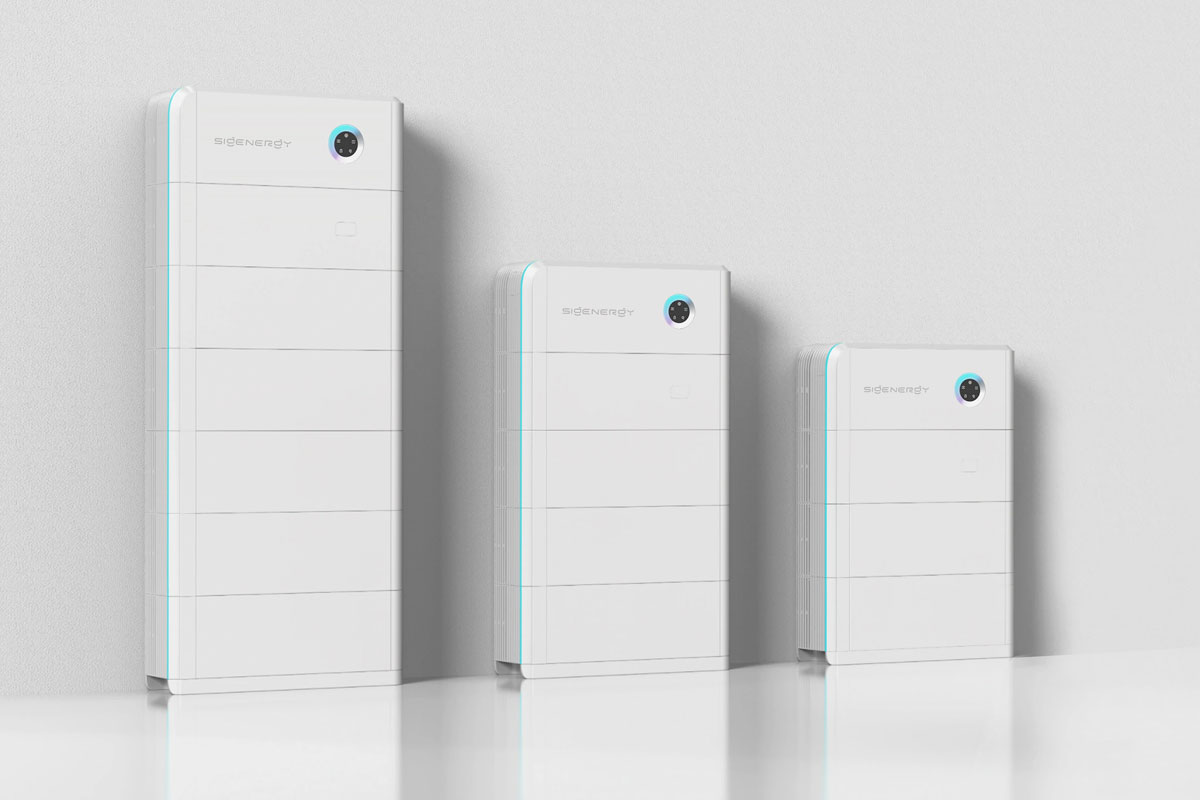
Like the Anker Solix X1, the Sigenergy SigenStor offers a modular approach, allowing this energy storage system to grow with your needs. While the design is very different from the X1, the premise is the same – offering ‘plug and play’ batteries that can just connect to the energy controller to expand the total capacity of the system, although unlike Anker’s offering, the SigEnergy SigenStor offers two battery module sizes in the form of 5 kWh and 8 kWh.
You can have a maximum of 6 batteries in a single SigenStor system, which gives you a max capacity of 48 kWh, provided you’ve specced all 8 kWh battery modules. If you don’t need quite that much, but still want to max out your system with batteries, the good news is that you can mix and match the 5 and 8 kWh battery modules, giving you a whole host of capacity options to exactly meet your needs.
In terms of the energy controller itself, there’s no way to string the units together – meaning that you’re capped at 48 kWh with the SigenStor system, although SigEnergy offers other options for those needing more than that. What is interesting, however, is that there are multiple inverter options for those who really wish to dial in this modular system. There are actually a total of nine options: 3 kW, 3.6 kW, 4 kW, 4.6 kW, 5 kW, 6 kW, 8 kW, 10 kW and 12 kW. That means you can easily spec a system that matches the specs of a Tesla Powerwall 3 in terms of both capacity and output.
That energy controller won’t be enough to offer features such as backup power, or generator input, however. For those features, you’ll need to purchase a Sigen Gateway that enables those aforementioned features, but comes at an extra cost – unlike GivEnergy’s solution. For those who do opt for that Gateway, the Sigen Gateway promises an almost instantaneous (0 ms) response to outages.
For those who want even more flexibility, and want to pair the SigenStor system with an EV, Sigenergy also sells an integrated EV DC Charging Module, which not only allows you to charge an electric vehicle, but also supports vehicle-to-home (V2H) and vehicle-to-grid (V2G) functionalities. In this configuration, your car can serve as an additional energy reservoir during peak usage periods or even during outages, enhancing the overall versatility of the system.
While that gives the system great flexibility, that’s further extended by the fact that it’s more than comfortable being installed outside. Just like the Anker Solix X1, it has an IP66 rating, making it resistant to dust and powerful water jets, while a built-in thermal management system allows it to operate within a temperature range of -20°C up to around 60°C.
The other key features of the SigenStor energy storage system are:
- Integrated fire prevention modules, decompression valves, and multi-layer temperature monitoring protect each battery module and isolate any fault without compromising the entire system.
- Capability to automatically adjust charging schedules based on tariffs from the likes of Octopus Energy.
The SigEnergy SigenStor is available now through a few distributors in the UK, including Segen and Triple Solar Ltd. There is already an existing wide range of installers throughout the UK trained to fit the SigenStor.
Which Tesla Powerwall 3 alternative should you choose?
As the Tesla brand continues to face headwinds from Elon Musk’s political meddling, many in the industry are seeking equally capable alternatives. The systems we’ve highlighted here, including the Anker Solix X1, Fox ESS EP11, GivEnergy Hybrid AIO, and SigEnergy SigenStor, each offer unique blends of modularity, backup functionality, and price-performance ratios.
While these are the options we’ve highlighted, we must note that there’s a myriad of other options available – from BYD, Duracell, EcoFlow, SolarEdge, Sunsynk and many more. That means there’s never been a better time to be seeking an alternative to the Tesla Powerwall 3.
If you’re an installer, this is a great opportunity to offer your clients new options and ensure you’re speccing the right battery storage to meet their needs. While for those who are seeking an energy storage product for their home or business, these choices should give you food for thought about what you really need out of your battery.

